Sour is one of the main tastes we experience, and in the world of fruits, it shows up more often than you might think. From sharp citrus to tangy berries, sour fruits wake up your taste buds and add brightness to many dishes. Whether eaten fresh, turned into juices, or used in cooking, these fruits bring a punch of flavor that’s hard to ignore.
Açaí  |
Acerola (Barbados cherry) 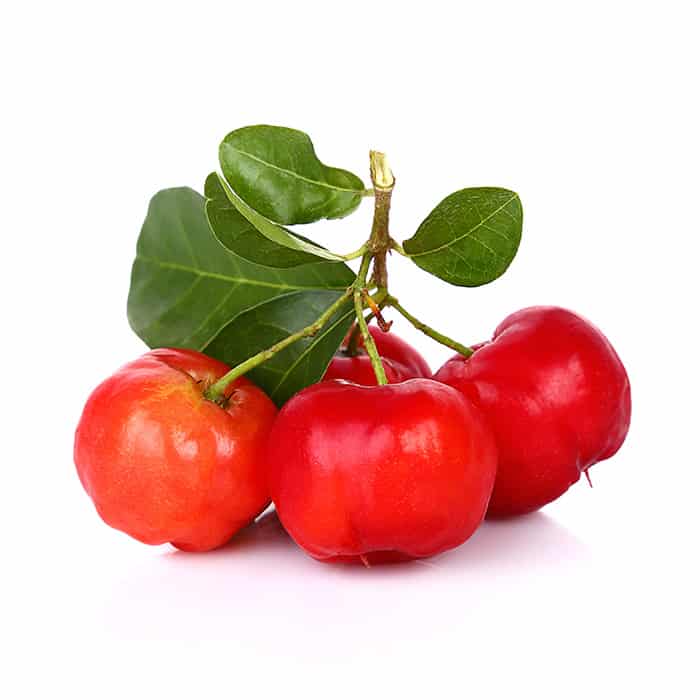 |
Ambarella 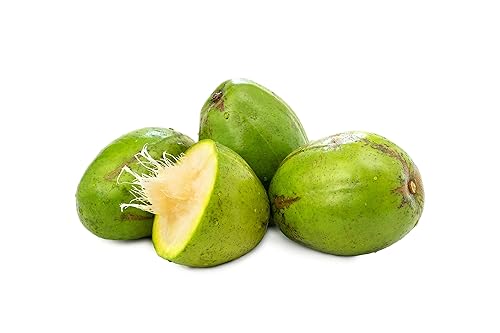 |
Amla (Indian Gooseberry) 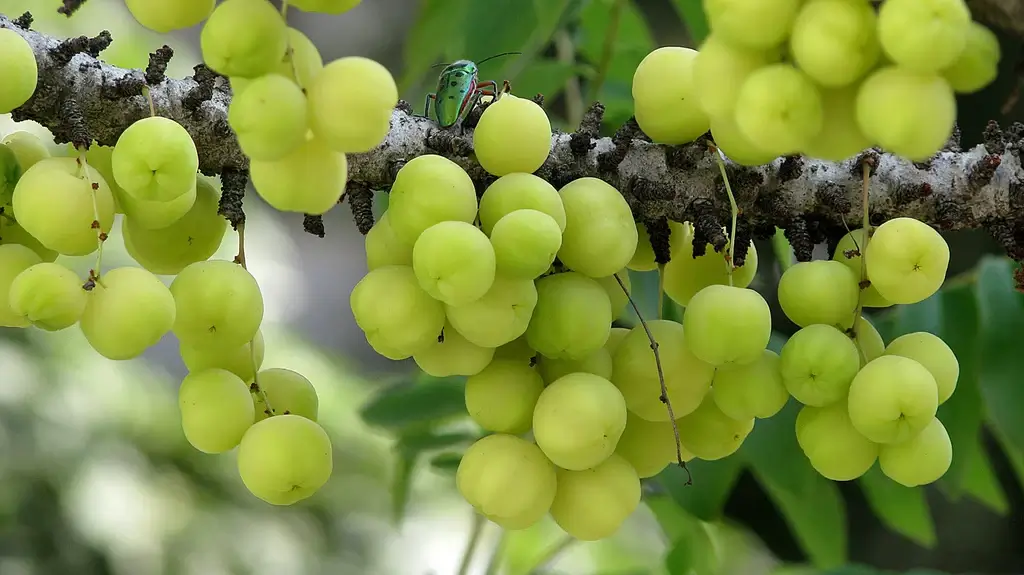 |
Bael Fruit (unripe) 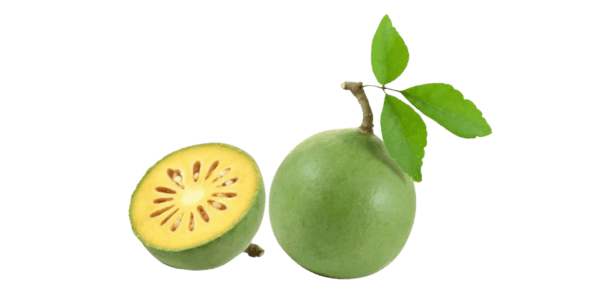 |
Barberry  |
Bilberry 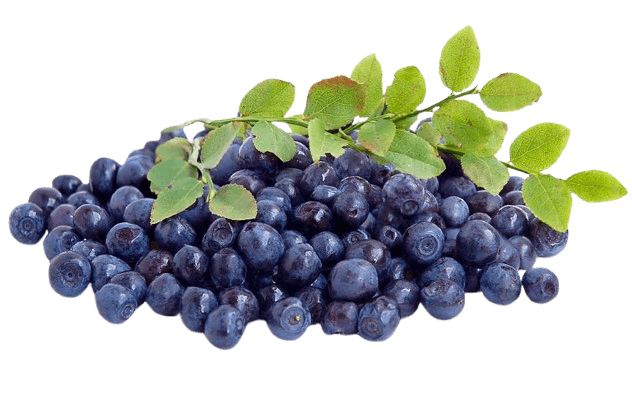 |
Bilimbi 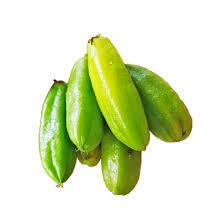 |
Breadfruit (unripe) 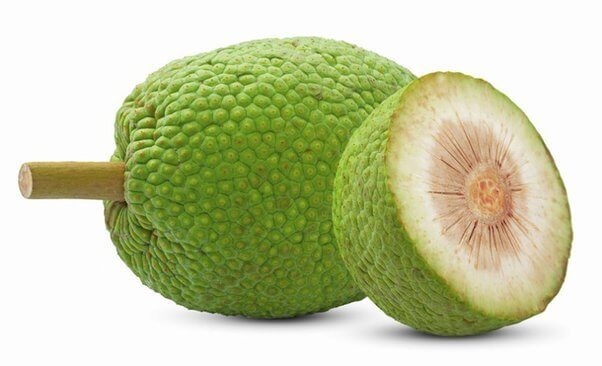 |
Cactus Pear 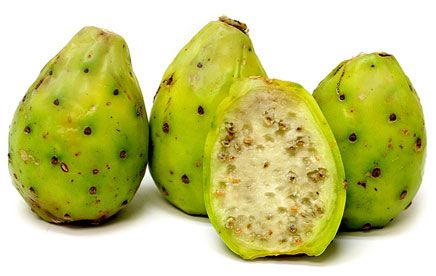 |
Calamansi (Calamondin)  |
Camu Camu 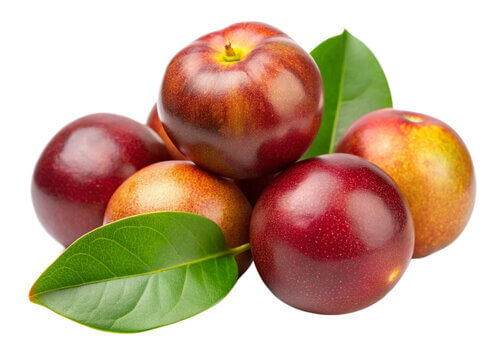 |
Cherries 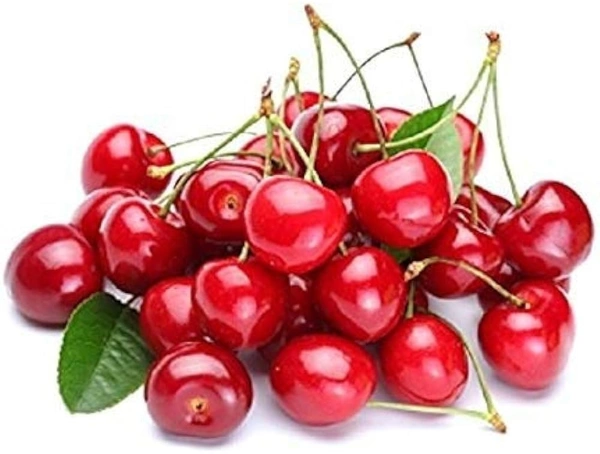 |
Chokecherry 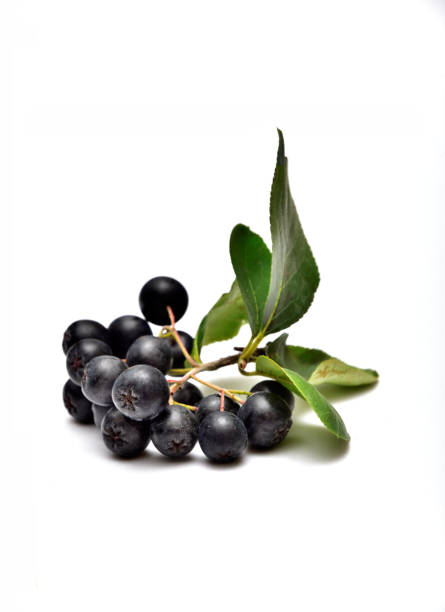 |
Cloudberry 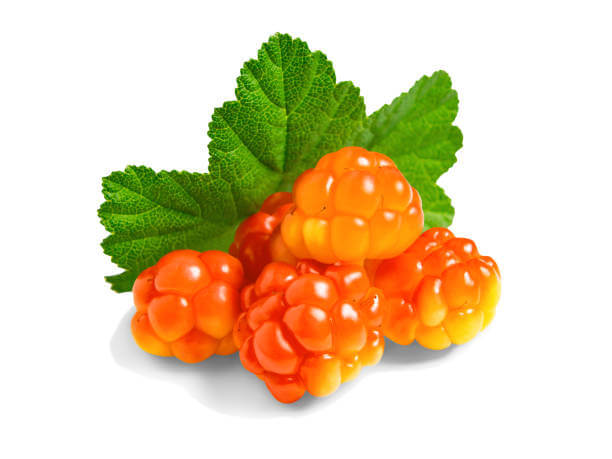 |
Cranberries 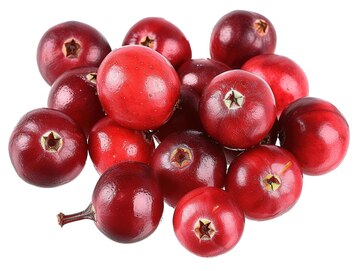 |
Currant 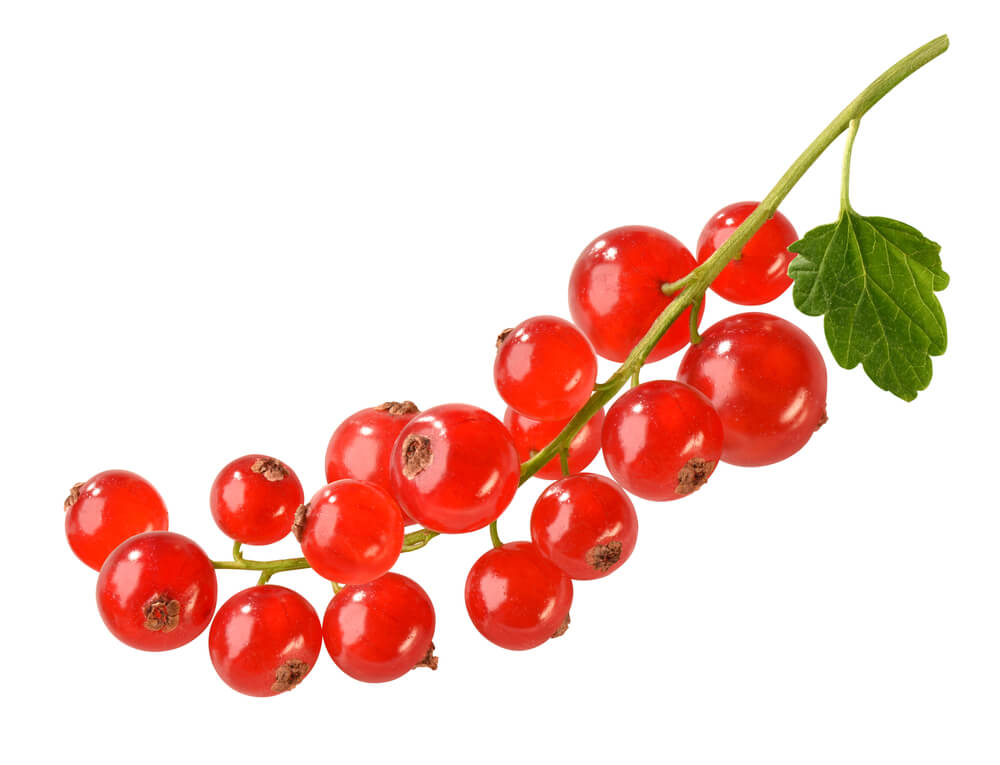 |
Damson 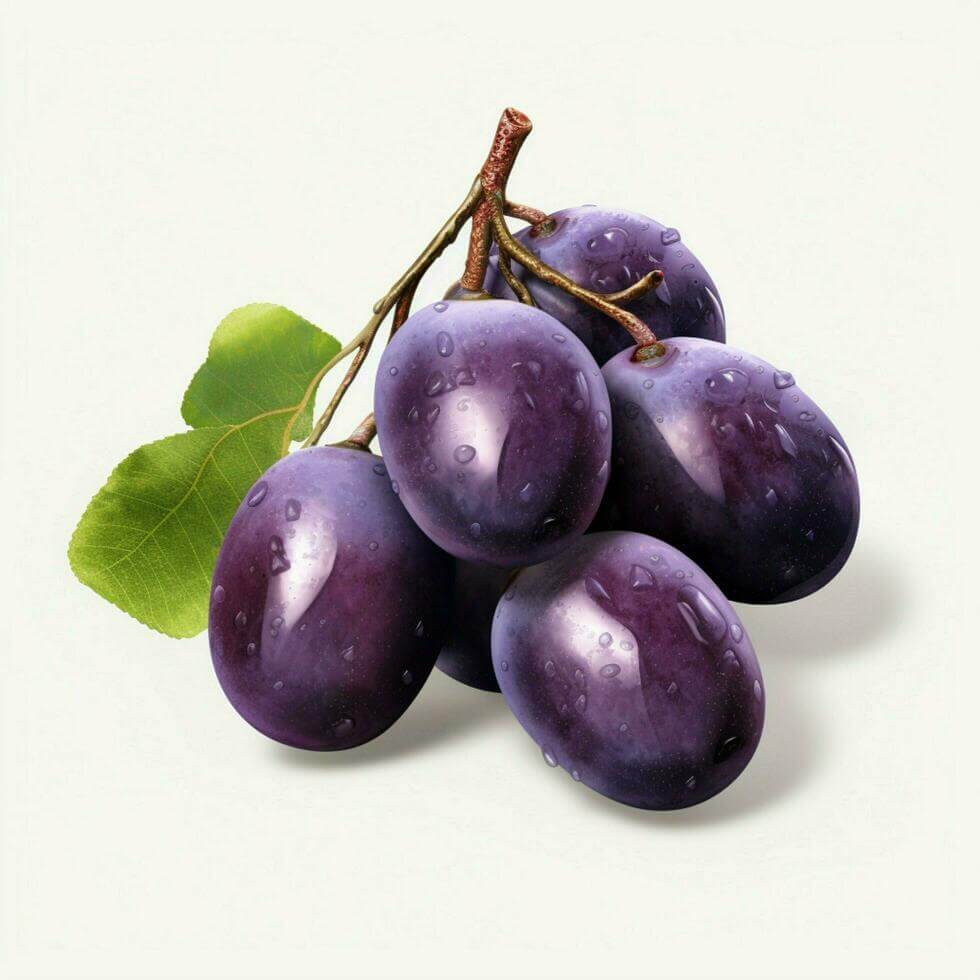 |
Elephant Apple 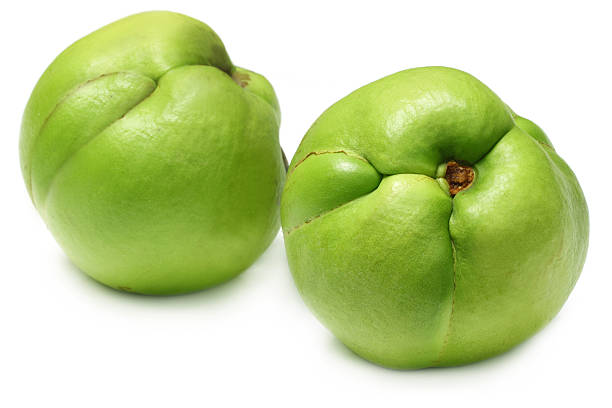 |
Feijoa 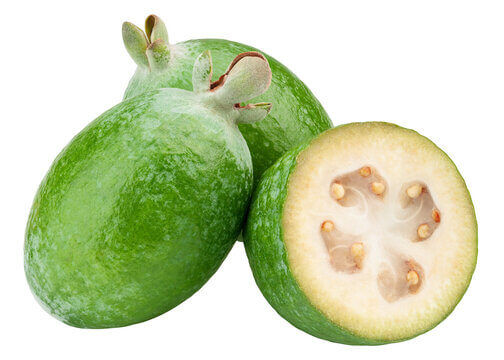 |
Finger lime 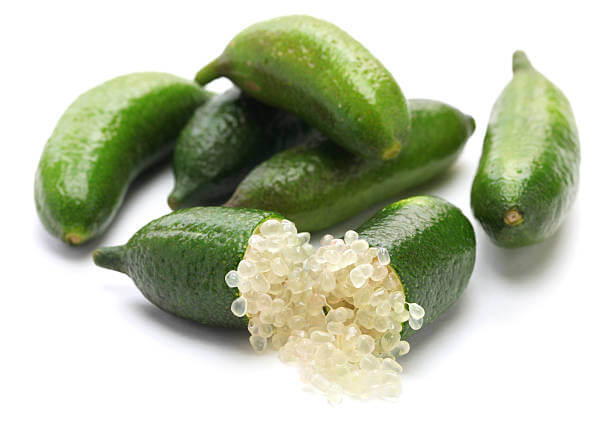 |
Goji berry 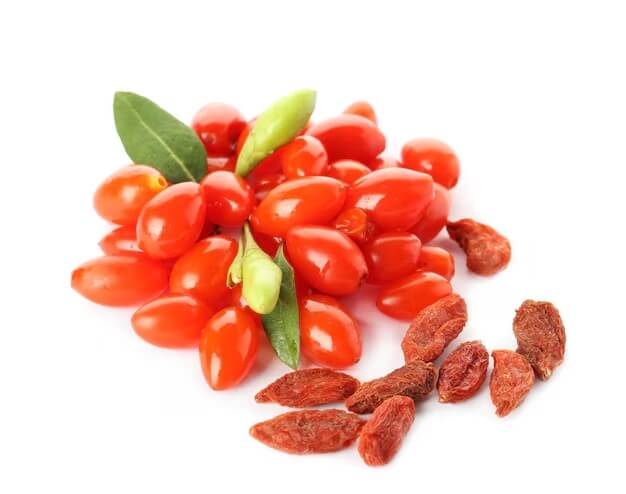 |
Gooseberries  |
Grapefruit  |
Green apples 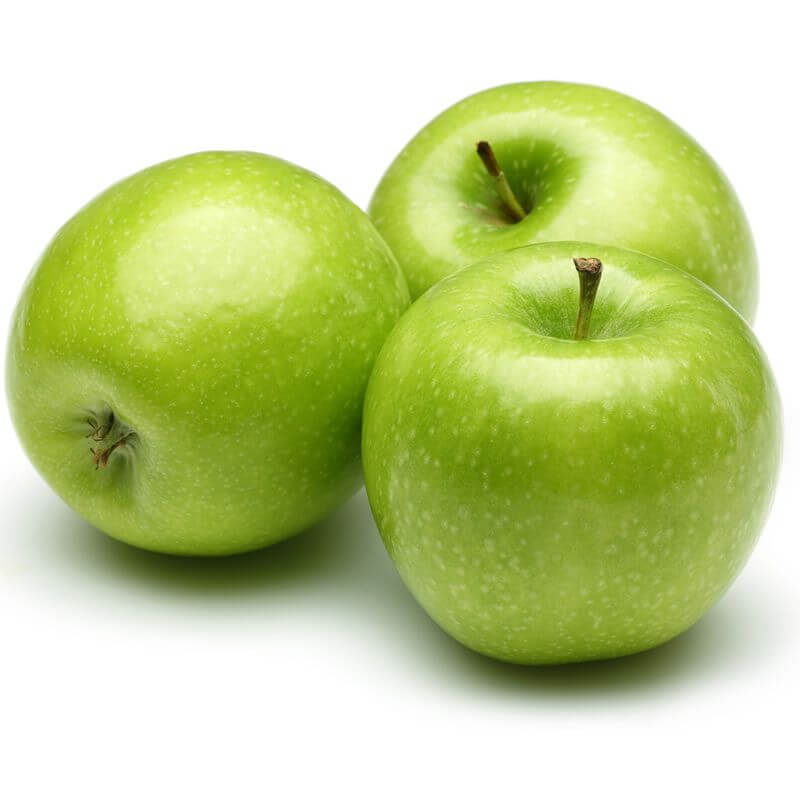 |
Green mango 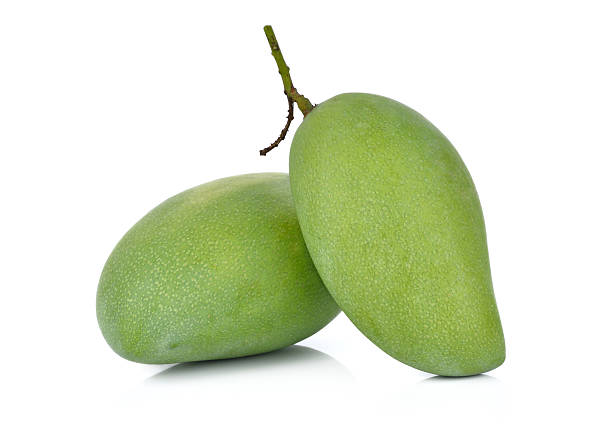 |
Guava  |
Huckleberry 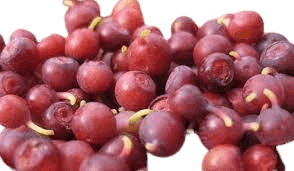 |
Jabuticaba (unripe) 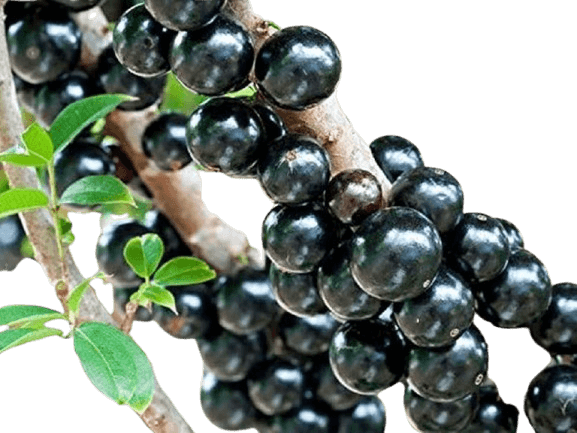 |
Japanese apricots  |
Kaffir lime 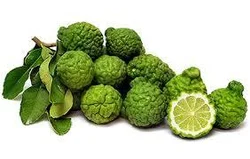 |
Kei Apple 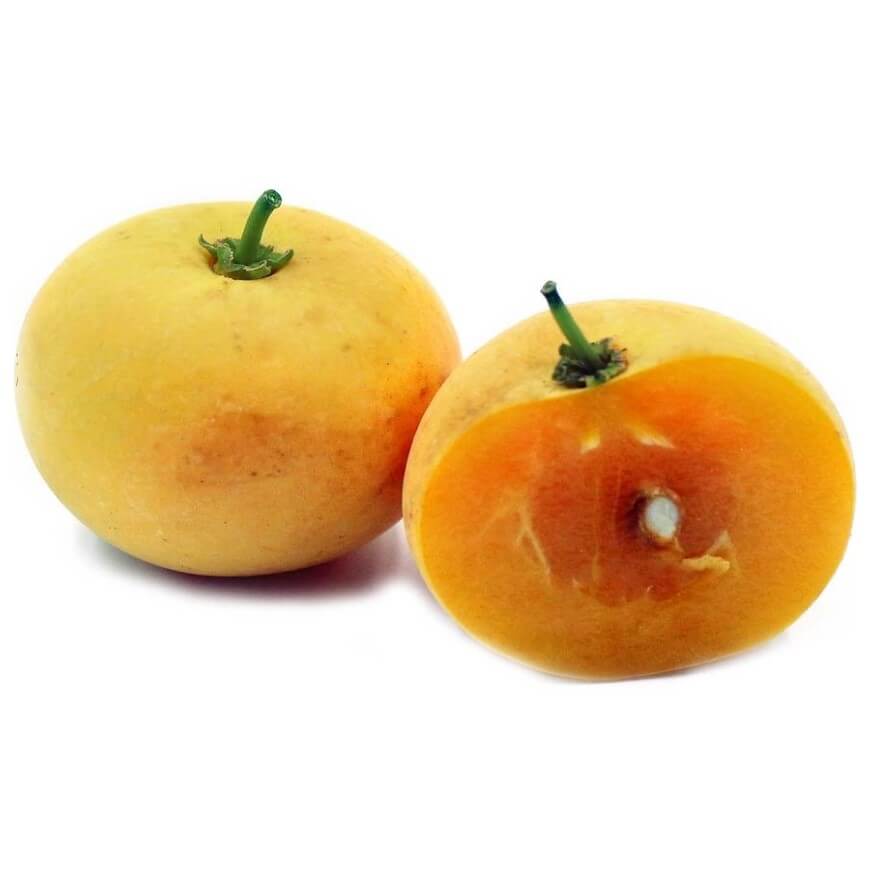 |
Kiwi  |
Kumquat 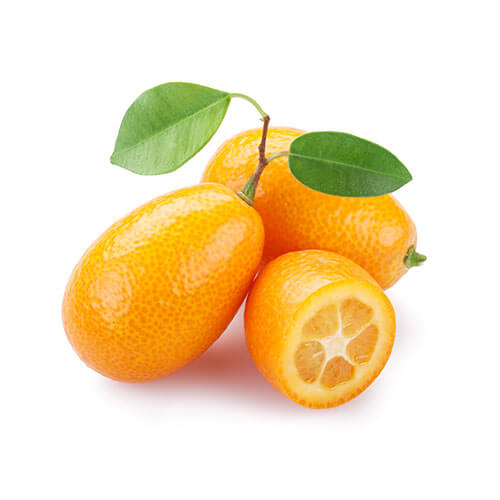 |
Lemon 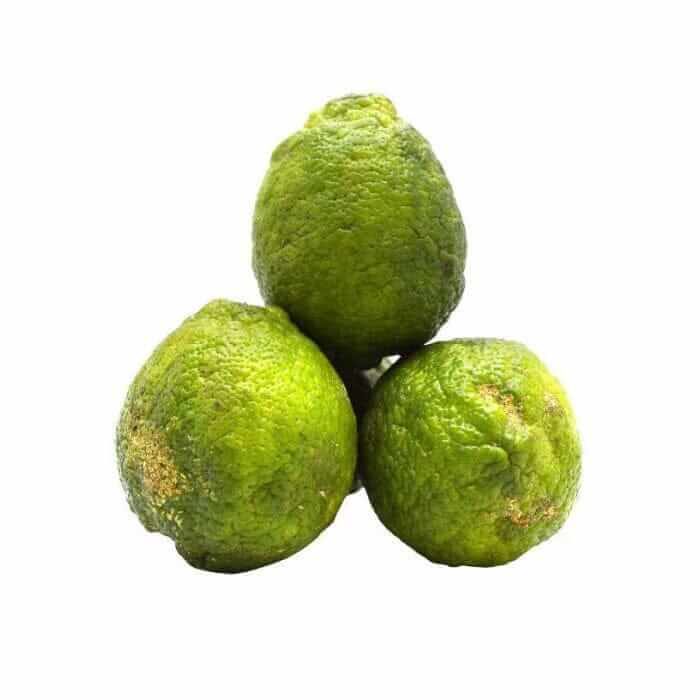 |
Lime 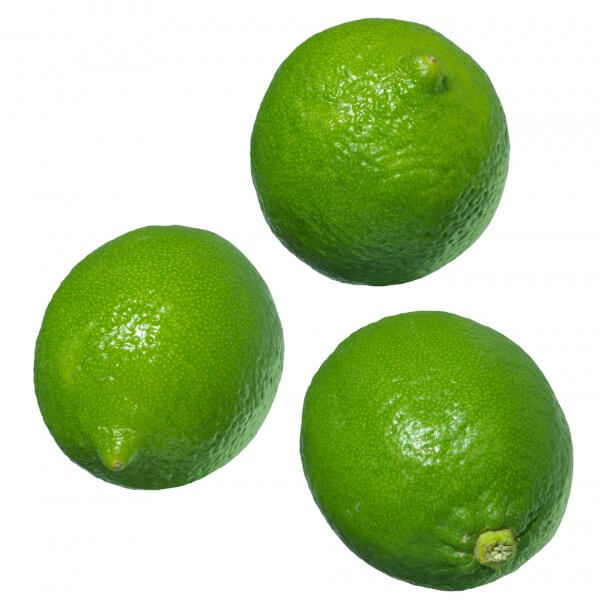 |
Loganberry 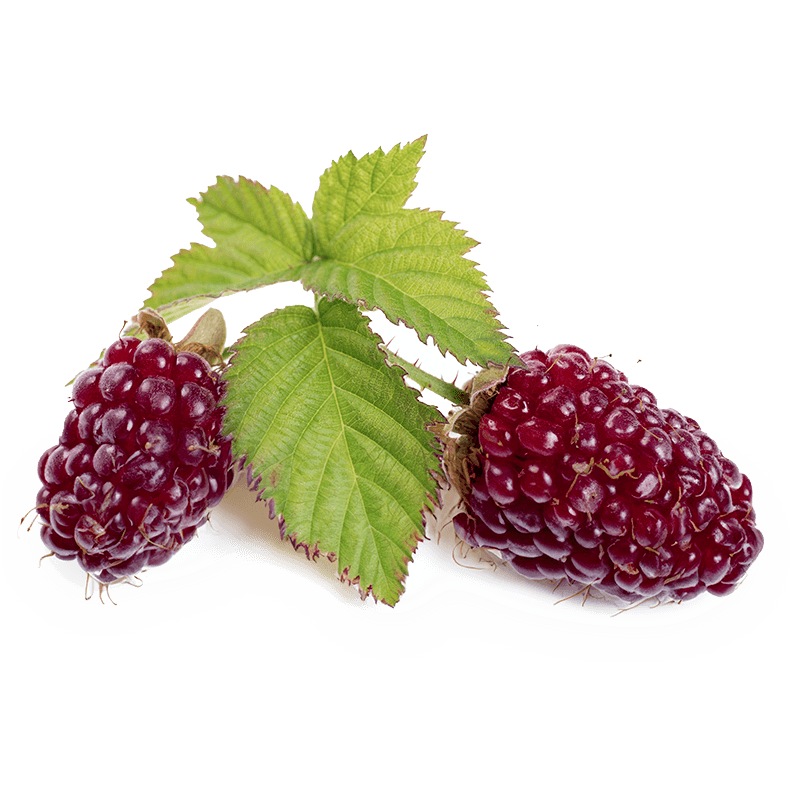 |
Mangosteen (unripe) 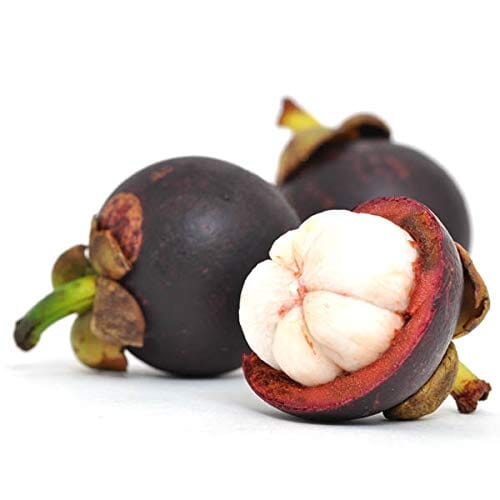 |
Marula (unripe) 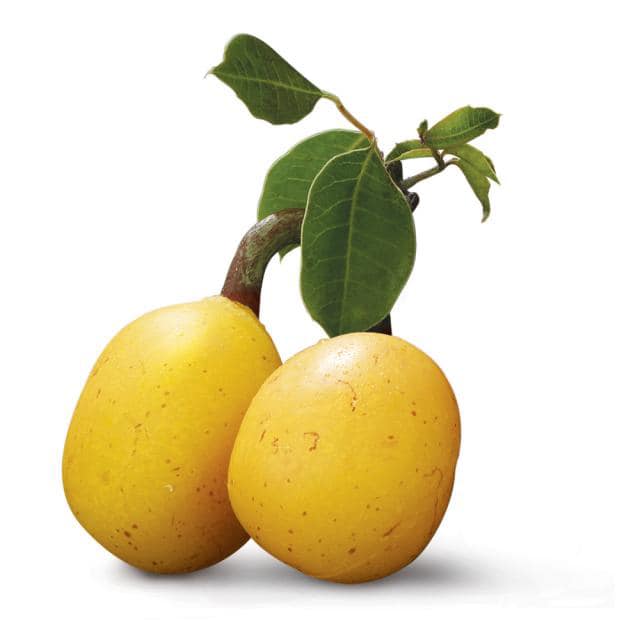 |
Miracle Fruit 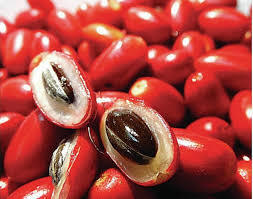 |
Monkey Orange 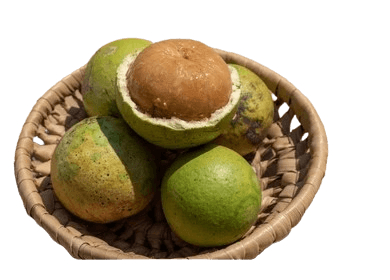 |
Mountain Apple 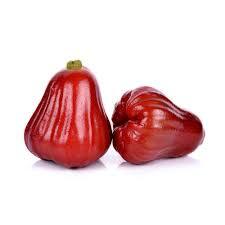 |
Nance Fruit 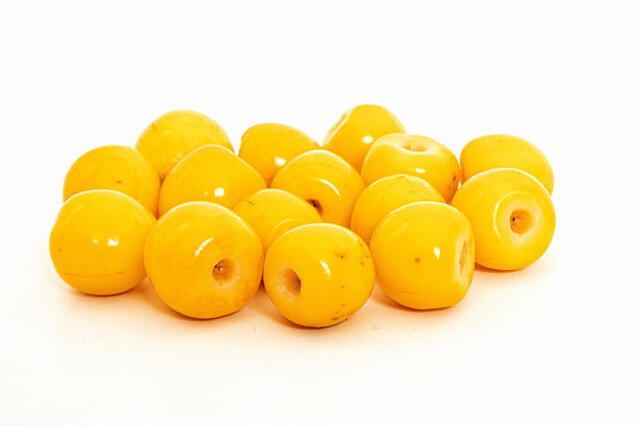 |
Passion Fruit 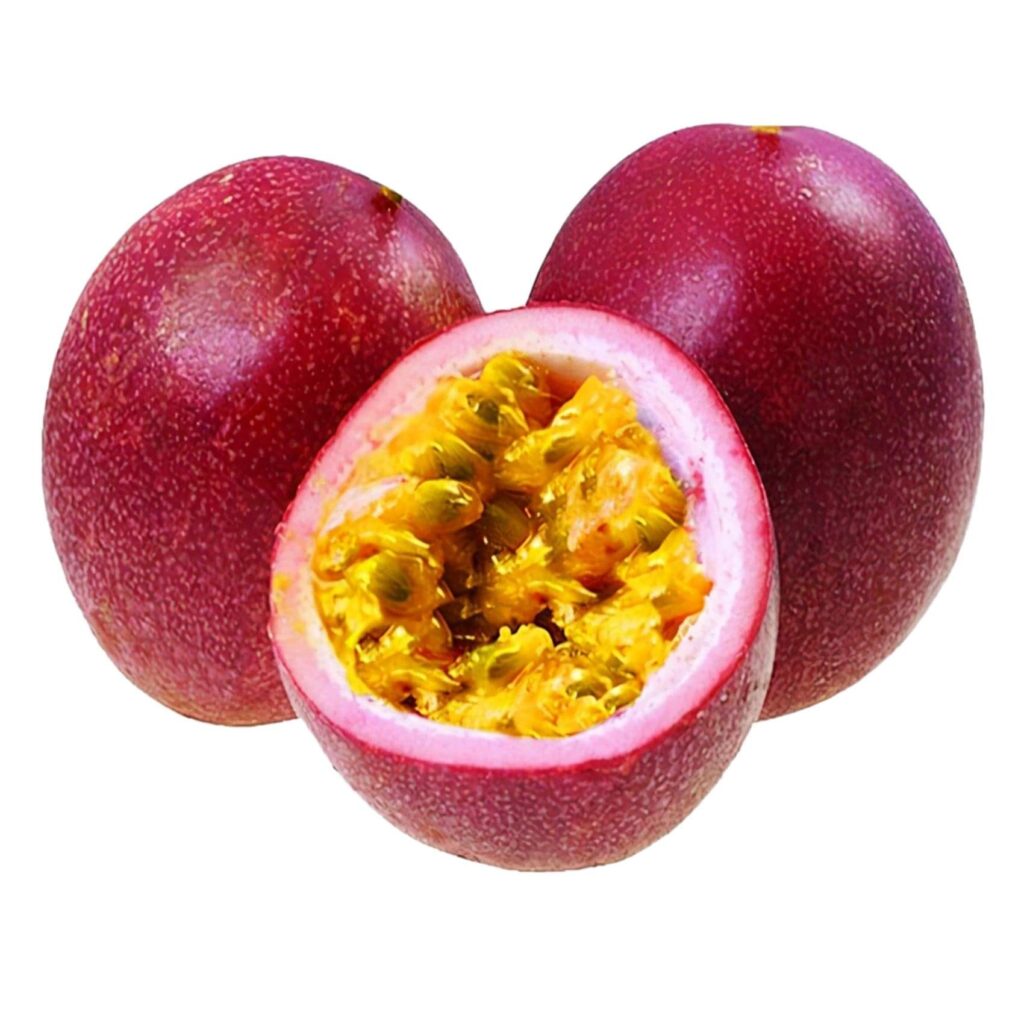 |
Pitanga 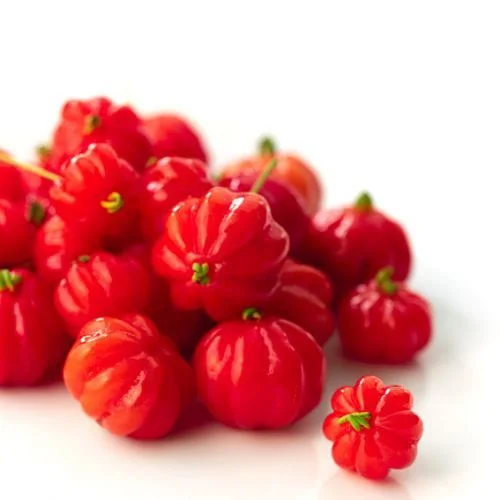 |
Pomegranate 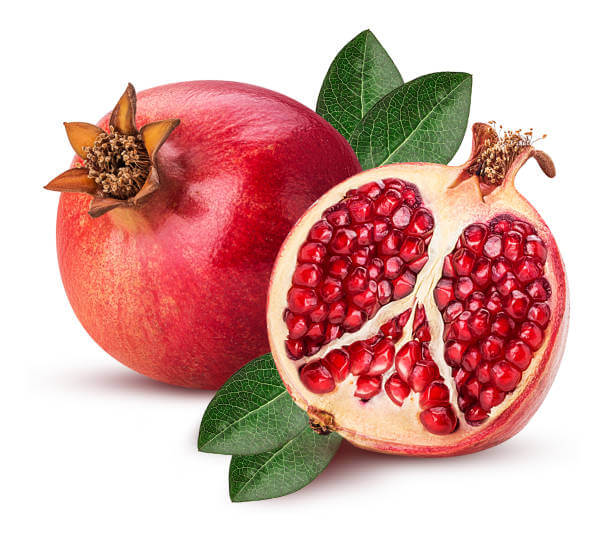 |
Pomelo 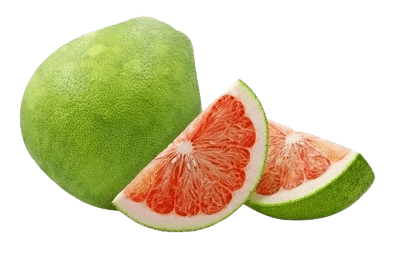 |
Quince 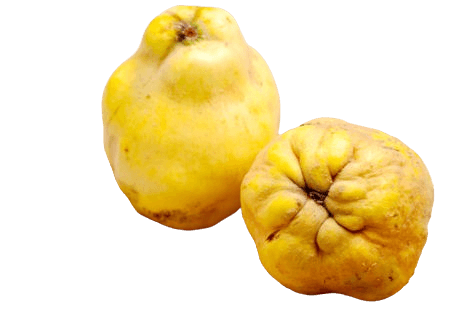 |
Red Medlar 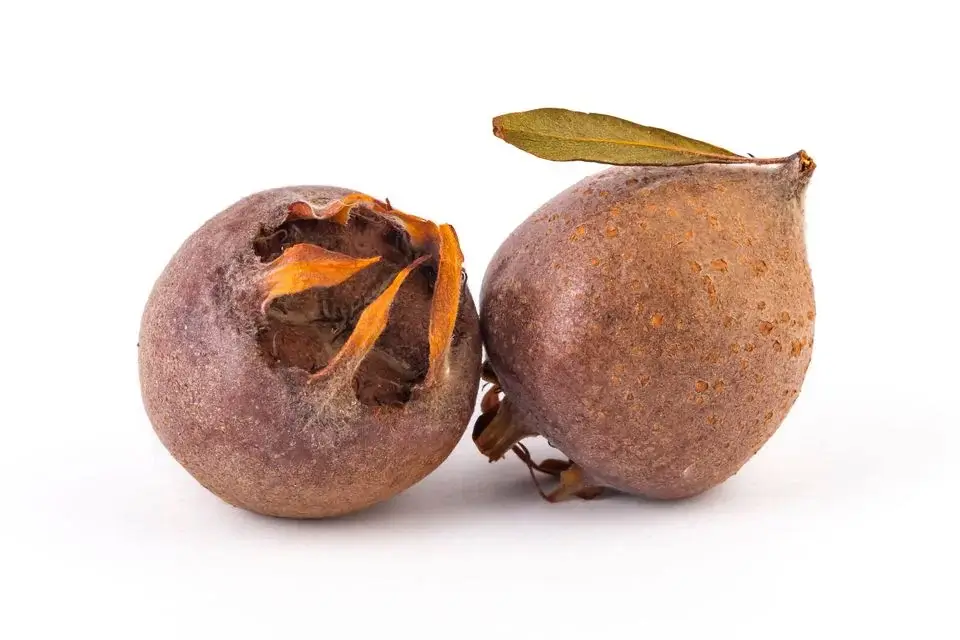 |
Rowan Berries 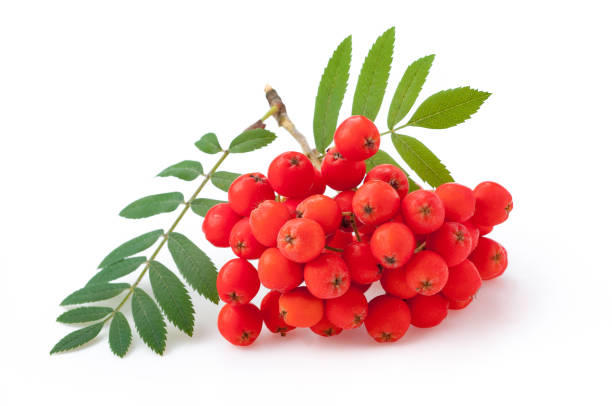 |
Santol 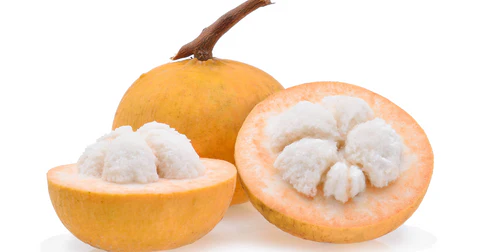 |
Sapodilla  |
Sapote 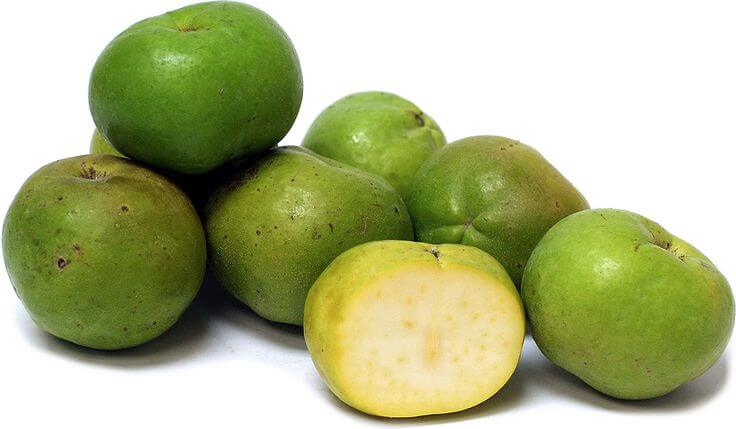 |
Sea Buckthorn 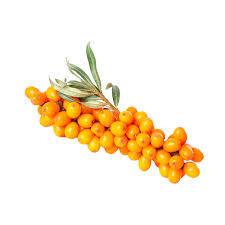 |
Serviceberry (unripe) 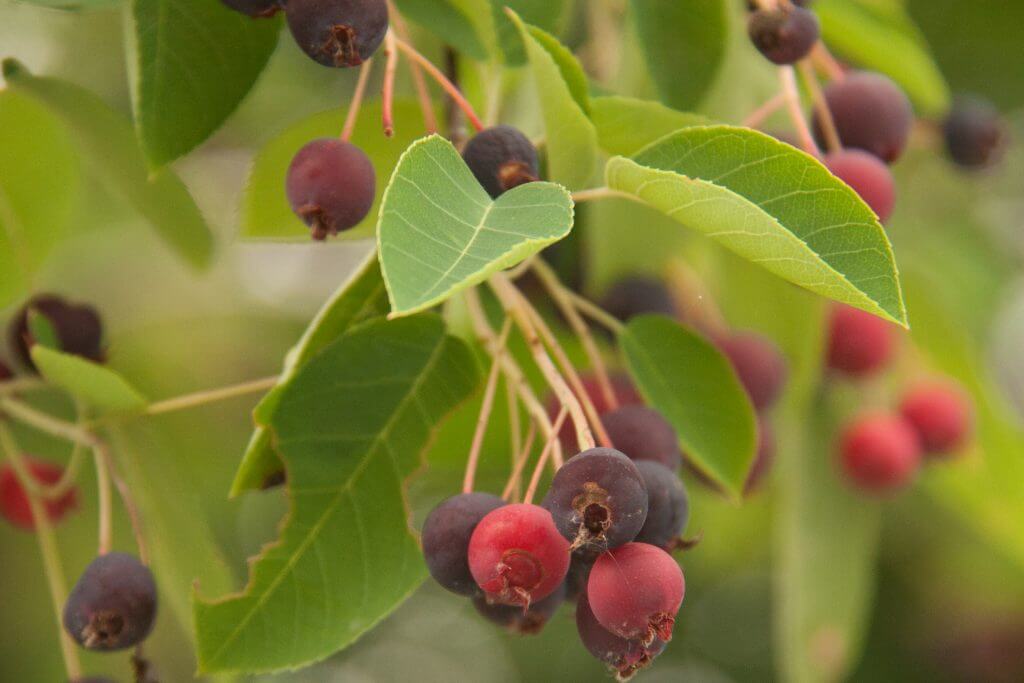 |
Soursop 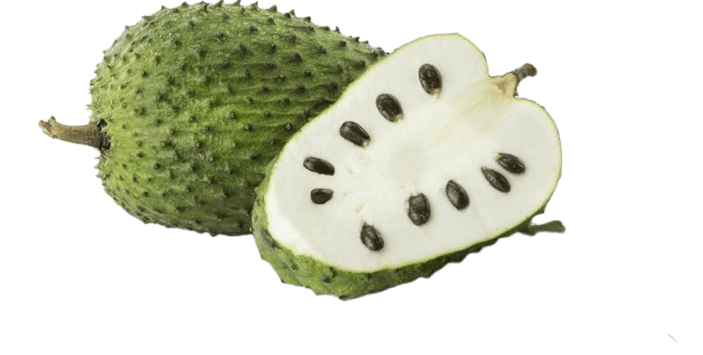 |
Star Apple 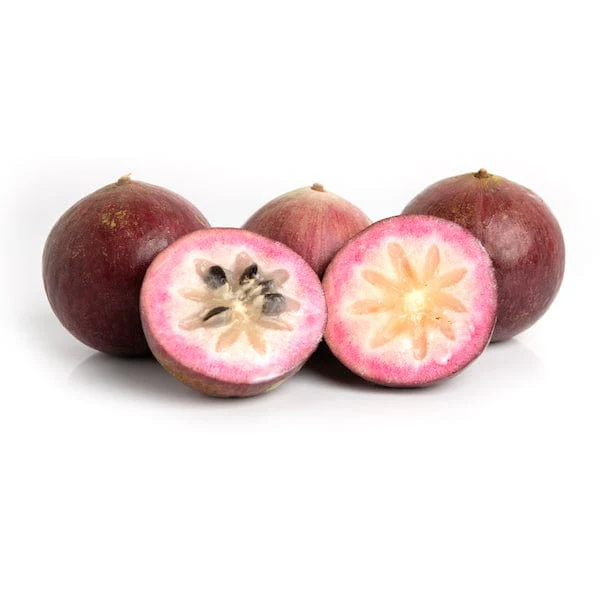 |
Star Fruit 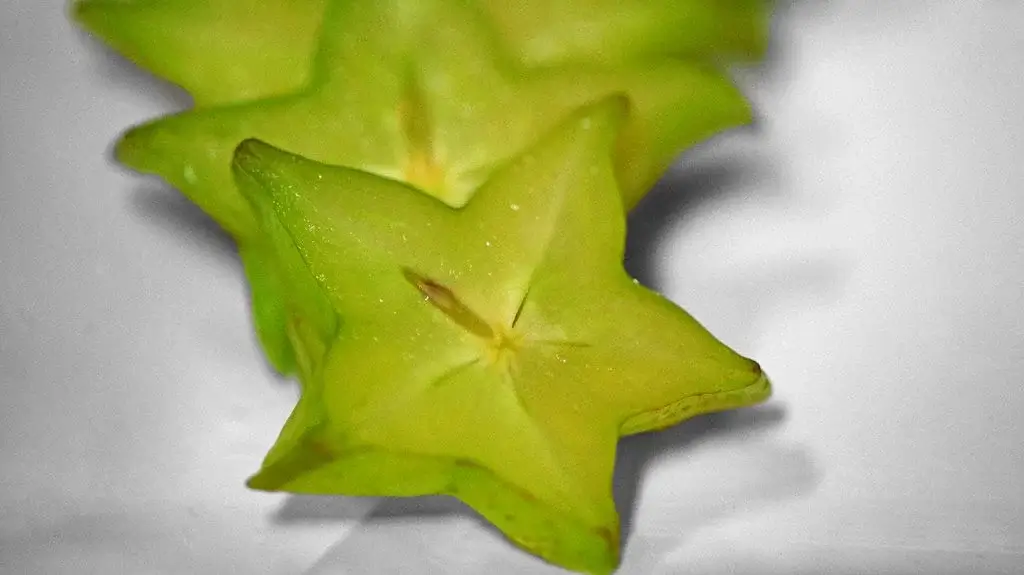 |
Sudachi 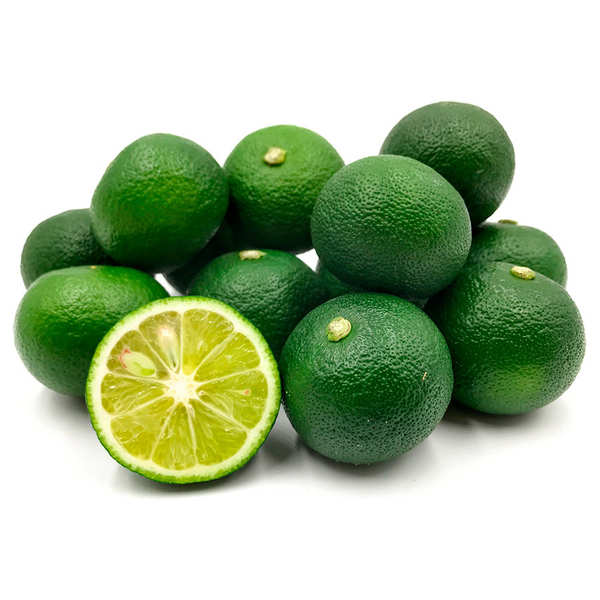 |
Tamarillo  |
Tamarind  |
Tangelo  |
Tayberry  |
Thimbleberry 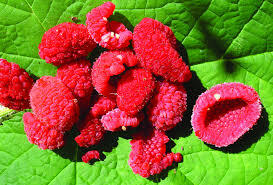 |
Ugli Fruit  |
Yuzu 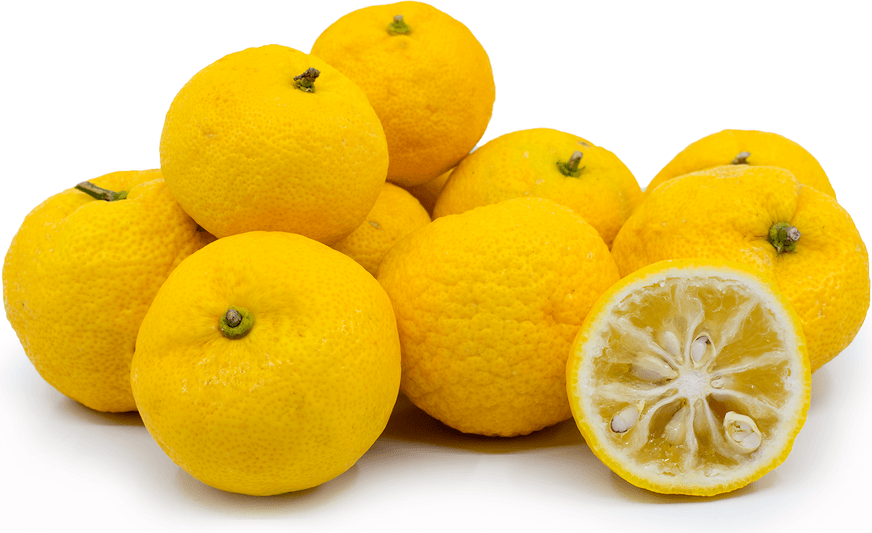 |
Sour vs Tart: What’s the Difference?
When it comes to describing the taste of certain fruits and foods, the words sour and tart are often used interchangeably. While they are closely related in meaning—both describing acidic or sharp flavors—there are subtle but important differences between the two that help us better understand and appreciate the nuances of flavor.
Sour refers to a strong, sharp taste that comes from high levels of acidity. It’s a bold and intense sensation that often causes a physical reaction—like puckering your lips or squinting your eyes. The sourness is typically due to organic acids such as citric acid (found in lemons and limes), acetic acid (in vinegar), or malic acid (in unripe apples and grapes). Examples of sour fruits are listed above
Tart is a milder, more refined version of sour. It still has acidity, but it’s gentler and often paired with a touch of sweetness or crispness. Tart flavors are bright and clean rather than overpowering, and they tend to linger less on the palate compared to intensely sour ones.
Check this post for list/examples of tart fruits: 40 Tart Fruits That Will Tantalize Your Taste Buds
While sourness is often considered more aggressive and can dominate the overall flavor if not balanced with sweetness or other taste elements, tartness is often described as zesty or tangy and can be refreshing rather than jarring.
